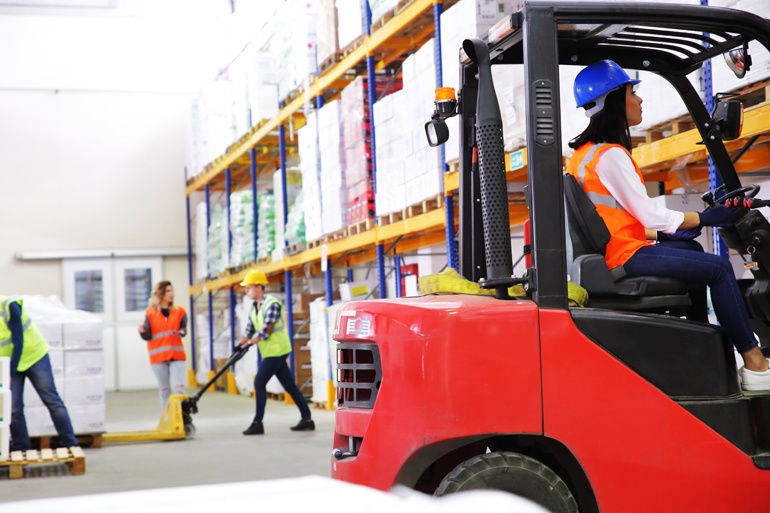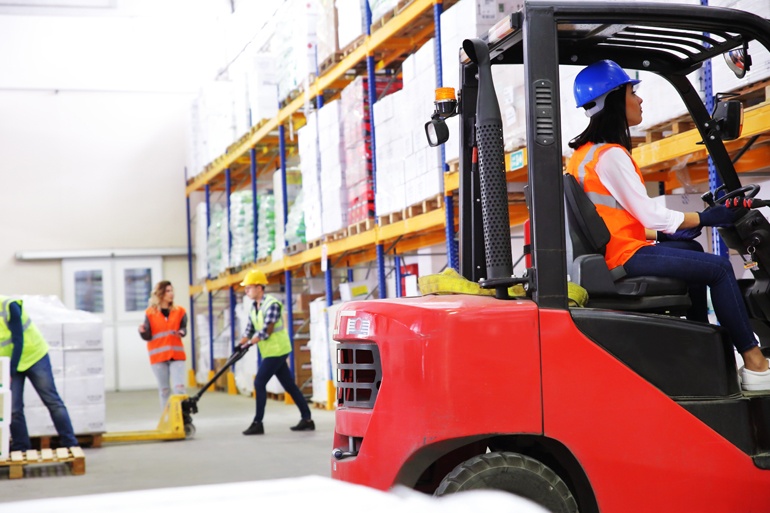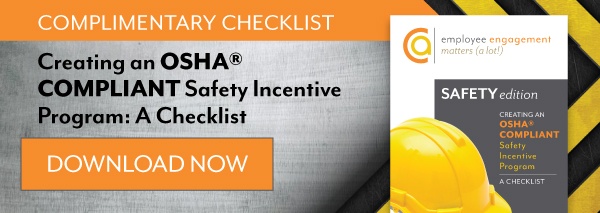
Are you looking to create the safest possible workplace for your employees? You’re not alone. We’ve spoken with thousands of companies that are seeking the same results. To get there, it will likely require a different path than you’ve tried in the past. So while the following tips will help you get there, they will require you to often think outside of the “safety” box.
1. Measure leading and lagging indicators
Historically, companies have done an excellent job at tracking lagging indicators – metrics that indicate past performance. Monitoring “days since last safety incident” is a good example. Note that it is incredibly important information to record, however, it does little to help prevent future incidents from occurring.
What companies have not done an excellent job at tracking are leading indicators – those metrics that are predictive in nature. Take, for example, when an employee records a near-miss or identifies a safety hazard. In these examples, an employee has actually prevented potential incidents.
This is one of the reasons why tracking leading indicators is a cornerstone of every OSHA-compliant safety incentive program.
2. Provide ongoing training and continual feedback
“Just Press Play” was a decent album, but it doesn’t make for a great safety strategy. So why do so many companies rely on outdated training methods like showing an employee a safety video once and MAYBE asking some questions at the end?
One-and-done training – like those that involve handing someone a safety pamphlet or forcing them to watch a 6-minute video – no longer works. And the truth is, it never really has.
Therefore, your safety training program should be both ongoing and interactive. Your employees should be encouraged to participate and rewarded when they contribute. Additionally, most companies wait far too long to provide feedback to their employees. Consider offering constructive feedback more frequently. The once-a-year performance review is also a thing of the past.
3. Recognize your employees, and do so publicly
When your employees go above and beyond, it’s imperative you recognize their effort. If at all possible, do so publicly! By combining these two elements, you maximize the impact of your safety efforts! On an individual level, the recognized employees will have a greater understanding of their value. They’ll also be more likely to exhibit similarly desirable actions in the future.
Recognizing your employees publicly will make an impact on all employees, even if they’re not the ones receiving the accolades. That’s because you are simultaneously reinforcing the values of your organization and inspiring your entire team to take positive actions so that they too will be recognized for their efforts.
4. Invest in an OSHA-compliant, points-based safety incentive program
You should also consider offering employees a points-based safety incentive program. While plans can vary greatly – a topic we’ll dive into in just a moment – programs will typically function in the following manner.
First, companies will identify the values they want to encourage and the goals they want to meet. Then they’ll identify which metrics they should track and associated actions that should be rewarded. When employees exhibit this behavior, they are awarded points. The employee can then exchange these points for the reward of their choice.
This approach has many benefits, especially if your plan is structured correctly. Unfortunately, this isn’t always the case. As we stated earlier, not all plans are created equally. To achieve the results your company is likely seeking, a safety incentive program must:
- Be customized to meet the unique needs of your organization
- Provide on-the-spot recognition
- Seamlessly convert points to merchandise
- Offer rewards employees actually want
- Be 100% OSHA-compliant
That last point may seem like a no-brainer, but far too many solutions on the market don’t offer this protection. This is why it’s critical you work with a trusted provider that offers only OSHA-compliant safety programs.
5. Create a Culture of Safegagement
If you want to reduce safety incidents significantly, one of the most effective actions your company can take is to create a Culture of Safegagement™. For far too long, companies have attempted to improve safety at their organization by focusing all attention on safety-related matters. However, this rarely delivers the kind of results a company is seeking.
To be effective, an organization must also focus on improving the engagement levels of their employees. By simultaneously focusing on each of the core areas, companies can greatly improve the impact of their efforts.
Want to jumpstart your safety efforts?
Would you like to jumpstart your safety efforts? Do you have questions that need answering? Are you unsure of your next steps?
We can help with all of that.
C.A. Short Company has been in the employee engagement, recognition, and safety industry for nearly a century, and we love helping companies that share our mission of putting people first! Discover more by emailing us at info@cashort.com.






.jpg)



SHARE